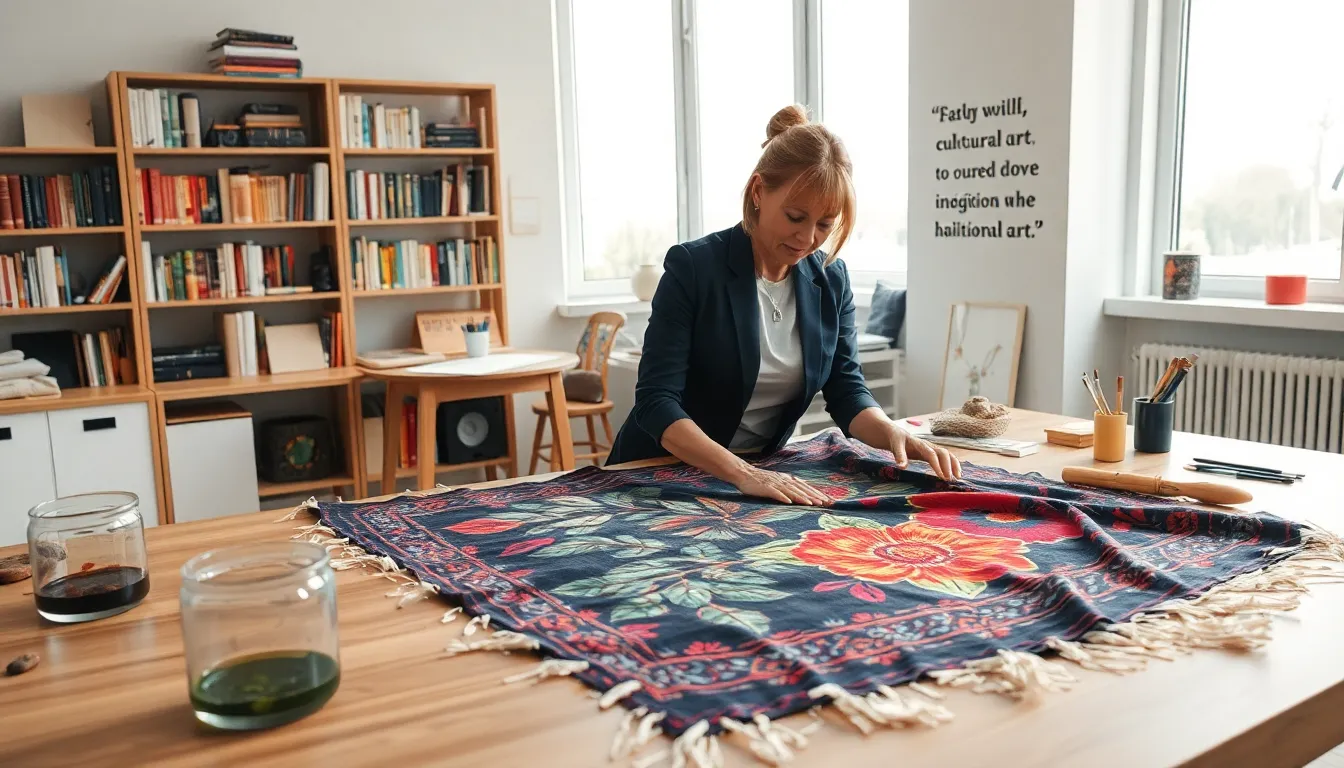Imagine a tradition that transcends time, offering insight into a culture’s soul. Enter Haiikurti, a captivating concept that not only embodies artistry but also weaves together history, spirituality, and modern-day relevance. Get ready to dive deep into an exploration that’s as engaging as a gripping novel, a journey that will leave you both enlightened and amused. Buckle up: this isn’t your typical stroll through history.
Haiikurti

Haiikurti traces its roots back to ancient traditions, where it was more than just an art form: it represented a cultural identity. Emerging from a region known for its rich tapestry of folklore and beliefs, Haiikurti carries the weight of stories passed down through generations. Originating from practices that honored nature, it serves as a reminder of humanity’s connection to the world around us.
The significance of Haiikurti lies in its multifaceted nature. It wasn’t merely a way to express creativity: it was a vehicle for storytelling, often communicating morals or historical narratives. As practitioners honed their skills, they developed a profound respect for the materials they used, which further amplified the approach’s significance within community rituals.
Cultural Impact of Haiikurti
The cultural impact of Haiikurti cannot be overstated. Its influence ripples through various forms of art, literature, and even social structure. For example, communities that embraced Haiikurti started seeing it not just as an art form but as a community bonding experience. Festivals revolving around Haiikurti are commonplace, transforming communal spaces into hubs of creativity and collaboration.
Also, it became synonymous with cultural pride. As global awareness of different cultures increased, Haiikurti caught the eye of artists and curators alike. Exhibitions featuring the work have attracted diverse audiences, showcasing not just the beauty but also the intricate stories behind each piece.
Through this cultural diffusion, Haiikurti has transcended its original geographical boundaries, morphing into a global phenomenon that celebrates artistry and cultural heritage.
Haiikurti in Contemporary Contexts
In contemporary settings, Haiikurti is experiencing a renaissance. Artists are adapting its techniques to resonate with today’s audiences. Whether through digital mediums or modern installations, the essence of Haiikurti remains intact while evolving. This adaptability highlights its timelessness and relevance.
Also, educational institutions are incorporating Haiikurti into their curricula, promoting its techniques and philosophies among new generations. Workshops and community classes are springing up, allowing enthusiasts to connect with this rich tradition firsthand. Students often report a sense of fulfillment, making each creation a personal reflection of their journey.
Tech-savvy artists also find themselves exploring Haiikurti’s nuances through social media platforms, sharing their techniques and discoveries with a much wider audience. This brings about global conversations, inspiring collaborations that blend traditional and modern expressions.
Techniques and Practices Surrounding Haiikurti
At the heart of Haiikurti lie techniques that demonstrate the painstaking craftsmanship involved. Practitioners not only focus on the aesthetic value but also on the philosophical messages embedded within their work. From intricate designs that tell stories to the careful selection of materials, every aspect is considered sacred.
Traditional techniques often involve using natural dyes sourced from local plants, which adds an organic element to each creation. This practice not only preserves the environment but also preserves cultural techniques that date back centuries. Different regions also have their unique styles, indicating the diversity within the Haiikurti tradition.
Contemporary artists, but, have started experimenting with new mediums, incorporating elements like textiles, ceramics, and even digital art, expanding the scope of what Haiikurti can represent. The beauty of these adaptations lies in their respect for tradition while boldly stepping into modernity.
Future of Haiikurti: Trends and Innovations
Looking ahead, the future of Haiikurti seems bright. As global interest in sustainable art forms grows, Haiikurti stands poised to capture the essence of eco-friendly artistry. Artists are increasingly using locally sourced, organic materials, which not only honor tradition but also engage with current environmental challenges.
Innovations are also on the rise, as technology continues to play a significant role in art. Virtual reality experiences are being developed, allowing audiences to immerse themselves in the stories behind each piece of Haiikurti. This not only elevates the art form but also introduces it to tech-savvy audiences who might never have encountered it otherwise.
As collaborations between traditional practitioners and modern artists evolve, expect to see a fusion of styles that could lead to entirely new interpretations of Haiikurti. The dialogue between past and present will continue, ensuring that this art form remains a vital part of the cultural conversation.

